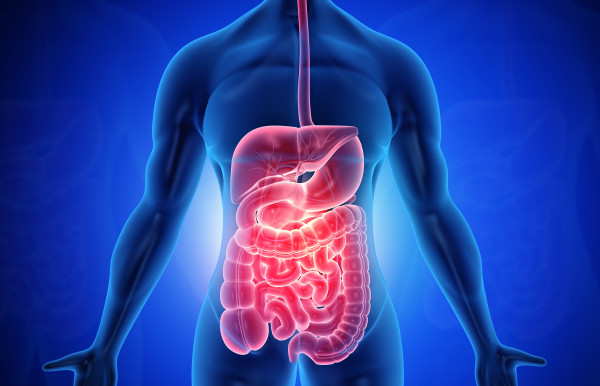
What is a tracheal cyst?
A tracheal cyst is a rare, congenital malformation that occurs during the differentiation of the foregut. Since it is developmentally derived from the foregut, the tracheal cyst is counted among the group of foregut cysts and clinically belongs to the mediastinal tumours. This is because a tracheal cyst is usually located in the anterior superior and/or anterior middle mediastinum and is described by medicine as a blind sac extending from the trachea.
How does a tracheal cyst develop?
A tracheal cyst develops due to a failure in the differentiation of the foregut. In this process, attachments of the larynx, bronchi, trachea as well as pulmonary alveoli are first formed from the epithelium of a part of the anterior intestinal tube, which is called the lung field. Due to a proliferation, a so-called pulmonary groove develops, which is cut off except for a connection with the intestinal tube. Around the 5th week of embryo, the tracheal epithelial tube is completely cut off. A trachael cyst is therefore congenital and can be traced back to the embryonic developmental phase.
What symptoms does a tracheal cyst cause?
In most cases, a trachael cyst does not cause any symptoms because it is located on the internal organs. Typically, cysts can be noticed by a visible or palpable swelling. Depending on the location and size, a cyst may also cause a slight feeling of pressure and/or pain. If a tracheal cyst grows in size, for example due to an infection, it may cause discomfort over time.
How is a tracheal cyst diagnosed?
Because a tracheal cyst is congenital, it is usually discovered by chance. This can happen, for example, during an X-ray examination or a magnetic resonance imaging (MRI) scan. The image shows the tracheal cyst as a cavity, often filled with fluid or mucus. In most cases, an endoscopy is performed to confirm the diagnosis, during which a tissue sample (biopsy) is taken.
How is a tracheal cyst treated?
When treating a tracheal cyst, extirpation is the first choice of treatment method. This is the complete surgical removal of the tracheal cyst. In the case of a tracheal cyst, extirpation is usually performed as a minimally invasive procedure, which is also commonly referred to as keyhole surgery. In this case, the surgical intervention is carried out through access via 5 to 10 mm small holes. Preferably, the operation is performed in childhood (if it has already been diagnosed) to prevent the cyst from growing and a possible infection.
